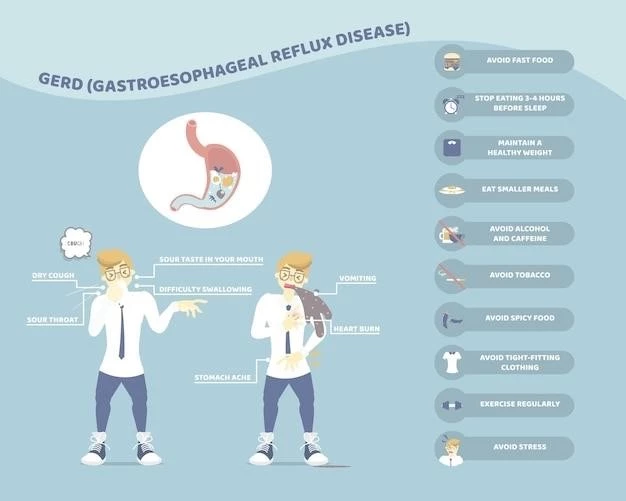Lethal congenital contracture syndrome Finnish type, also known as Multiple contracture syndrome Finnish type, is a rare genetic disorder characterized by total immobility detectable around the 13th week of pregnancy.
Description and Symptoms
Lethal congenital contracture syndrome Finnish type is characterized by total fetal akinesia detectable around the 13th week of pregnancy, leading to immobility and presenting joint contractures. Additional symptoms may include micrognathia, pulmonary hypoplasia, and pterygia. The condition ultimately leads to death before the 32nd week of gestation. Distinctions from other contracture syndromes lie in the presence of some craniofacial and ocular findings, absence of hydrops, multiple pterygia, and fractures, as well as the normal duration of pregnancy observed in some cases.
Genetic Basis and Inheritance Patterns
Lethal congenital contracture syndrome Finnish type is an autosomal recessive disorder. Genetic studies have identified mutations associated with this condition, leading to severe joint contractures.
Autosomal Recessive Inheritance
Lethal congenital contracture syndrome Finnish type follows an autosomal recessive pattern of inheritance, meaning that individuals must inherit two copies of the mutated gene (one from each parent) to manifest the condition. Genetic testing plays a crucial role in identifying carriers and at-risk individuals within families.

Clinical Features and Diagnosis
Lethal congenital contracture syndrome Finnish type is characterized by total fetal akinesia detectable around the 13th week of pregnancy, leading to immobility and presenting joint contractures. Additional symptoms may include micrognathia, pulmonary hypoplasia, and pterygia.
Total Fetal Akinesia and Joint Contractures
Lethal congenital contracture syndrome Finnish type is characterized by total fetal akinesia detectable around the 13th week of pregnancy. This condition leads to immobility and presents multiple joint contractures, typically involving flexion in the elbows and extension in the knees. Additional symptoms may include micrognathia, pulmonary hypoplasia, and pterygia.
Distinction from Other Contracture Syndromes
The Finnish Type of Lethal Congenital Contracture Syndrome is distinguished by specific clinical features, such as total fetal akinesia detectable by the 13th week of pregnancy with characteristic joint contractures and additional associated symptoms like micrognathia and pterygia.
Comparison with Lethal Congenital Contracture Syndrome-2 (LCCS2)
Lethal congenital contracture syndrome Finnish type differs from LCCS2, as the former is characterized by unique clinical features such as total fetal akinesia detectable by the 13th week of pregnancy, specific joint contractures, micrognathia, and pulmonary hypoplasia, leading to death before the 32nd week of gestation.
Management and Support
Support organizations and financial resources can provide essential aid for individuals and families affected by Lethal congenital contracture syndrome Finnish type. These resources offer valuable assistance in managing the challenges associated with the condition.
Support Organizations and Financial Resources
Support organizations and financial resources play a crucial role in assisting individuals and families affected by Lethal congenital contracture syndrome Finnish type. These organizations provide essential support and guidance to navigate the challenges associated with the condition.

Research and Future Perspectives
Current studies focus on genetic discoveries and potential therapeutic interventions for Lethal congenital contracture syndrome Finnish type, aiming to improve diagnostic methods and enhance patient care outcomes.
Current Studies and Genetic Discoveries
Based on the information available, Lethal Congenital Contracture Syndrome Finnish Type is a rare genetic disorder characterized by total fetal akinesia detectable around the 13th week of pregnancy. This condition leads to immobility and presents joint contractures, often with additional symptoms such as micrognathia, pulmonary hypoplasia, and pterygia. It ultimately results in death before the 32nd week of gestation. The syndrome shows distinctions from other contracture syndromes in terms of specific clinical features and the absence of certain associated conditions. The genetic basis of this syndrome involves autosomal recessive inheritance, requiring the inheritance of two copies of the mutated gene. Ongoing research focuses on genetic discoveries and potential therapeutic interventions to enhance diagnostic methods and patient care outcomes. Support organizations and financial resources play a crucial role in assisting affected individuals and families in managing the challenges associated with this rare genetic disorder.
